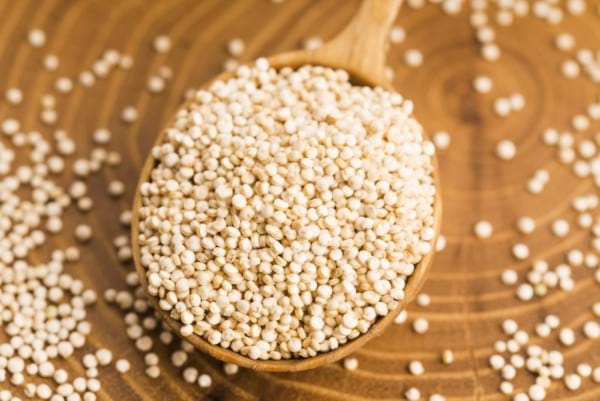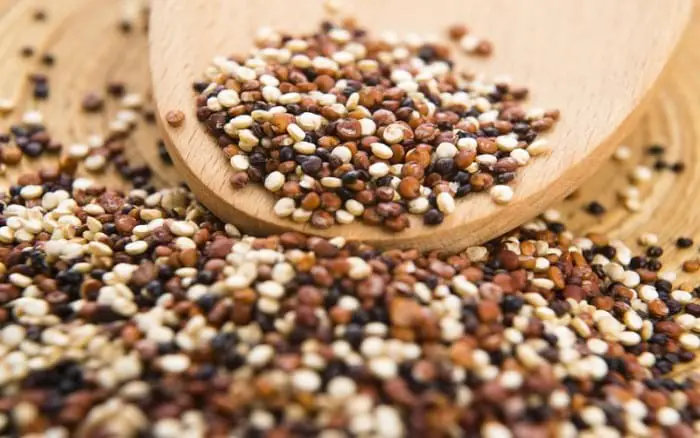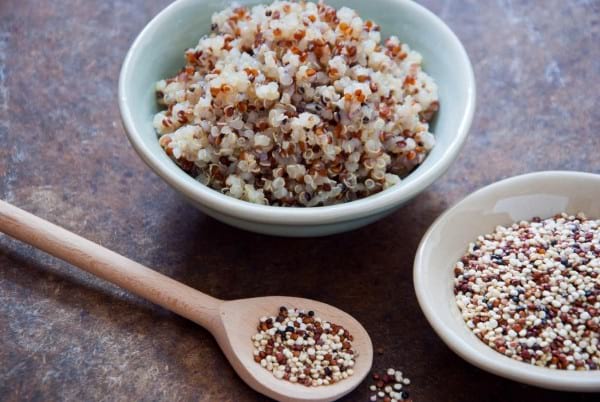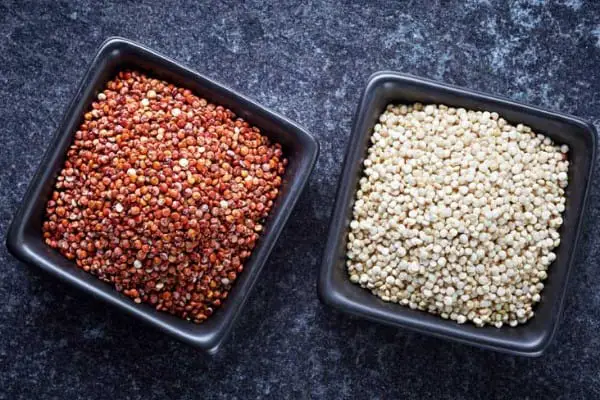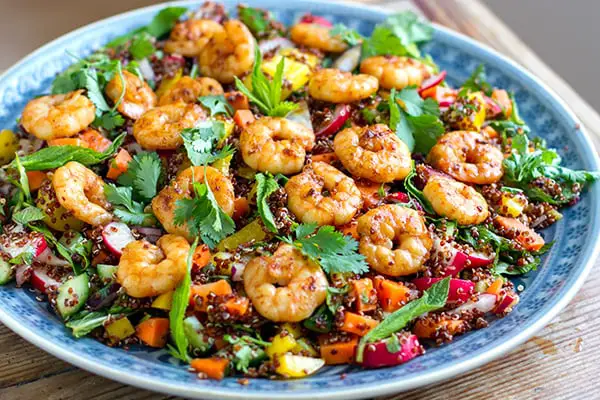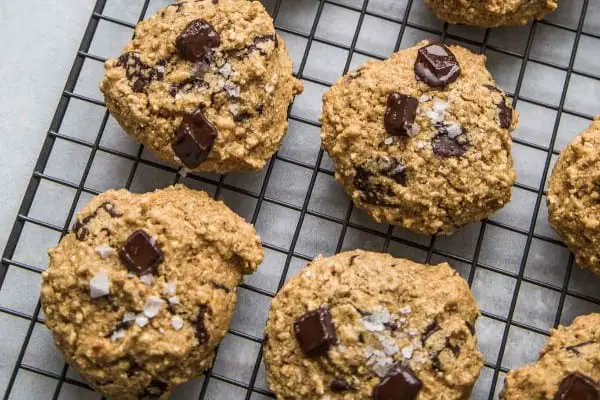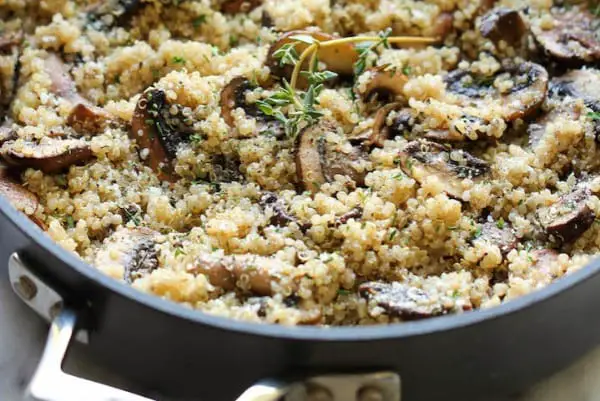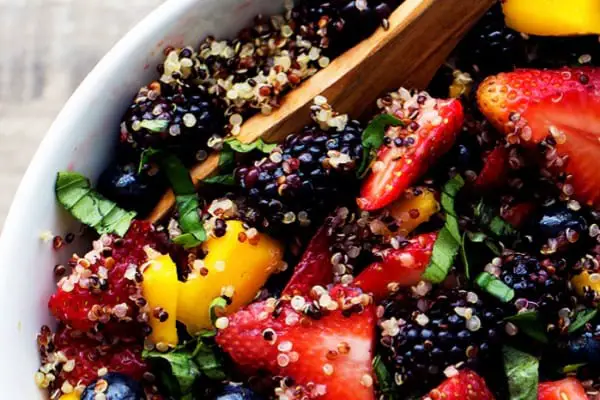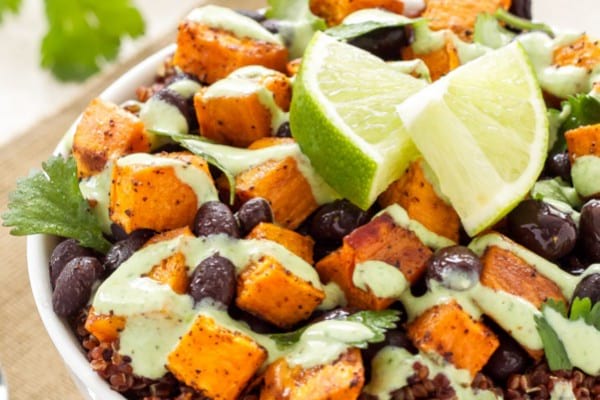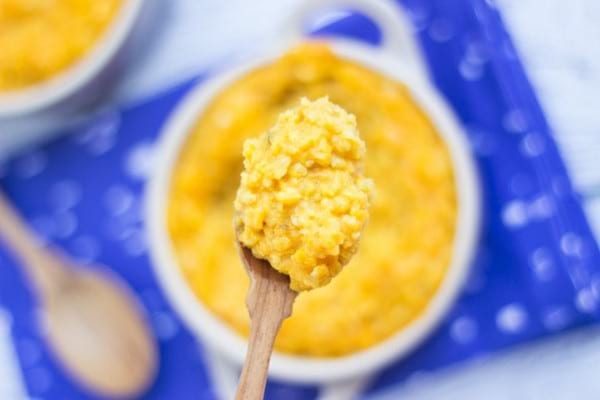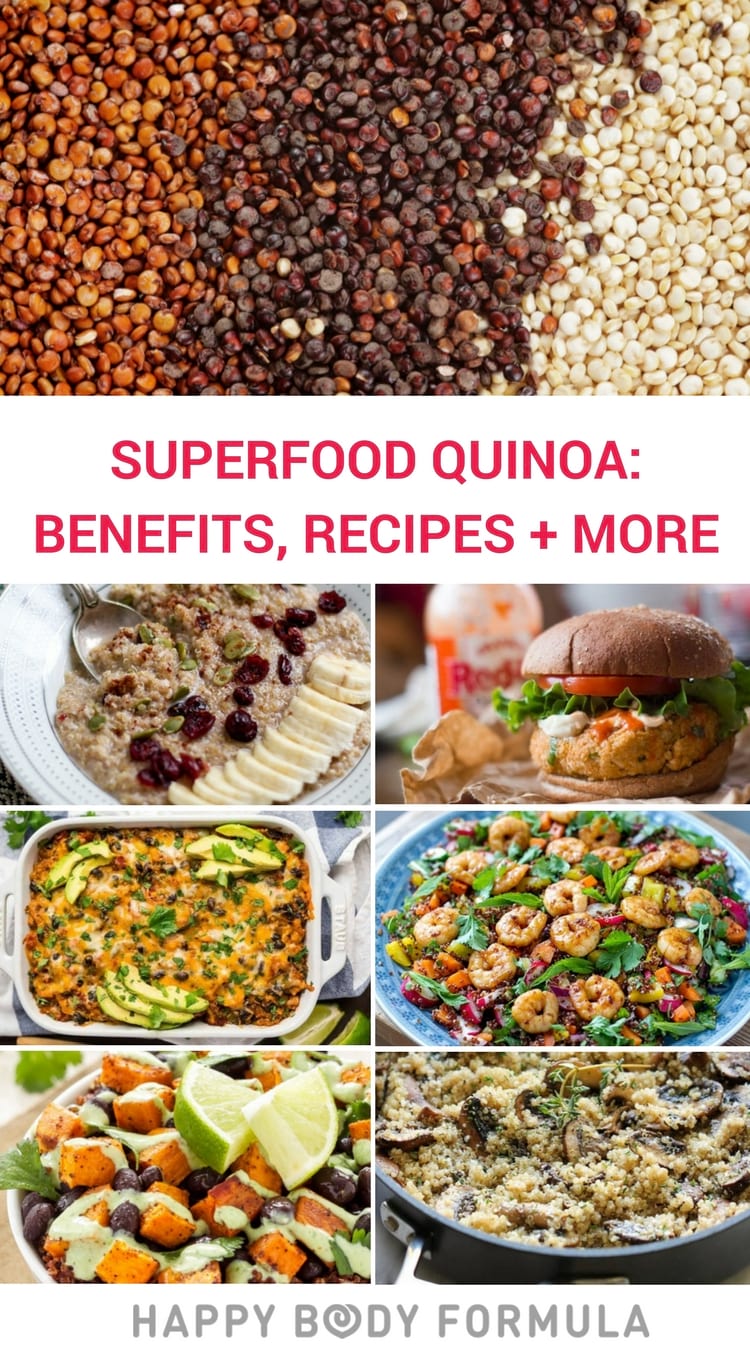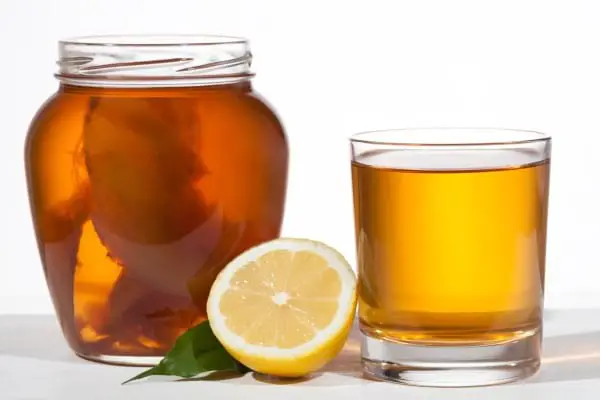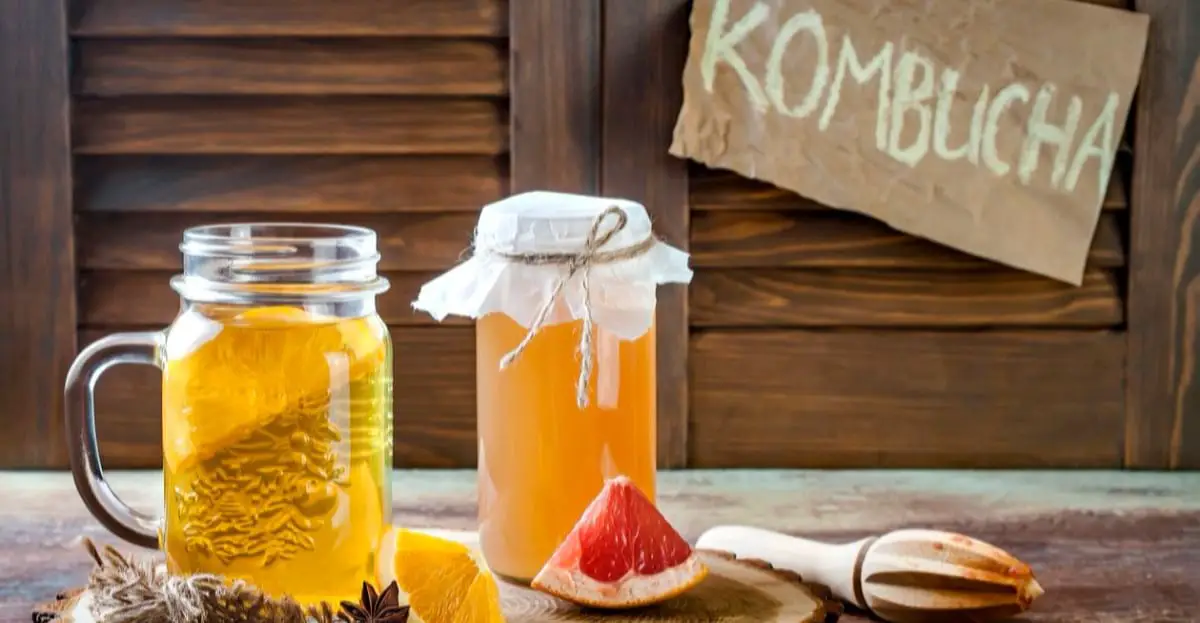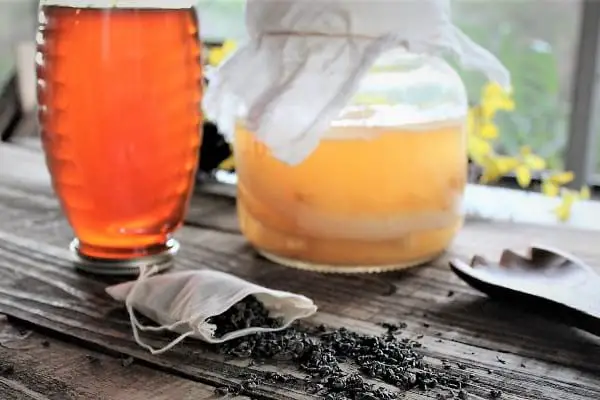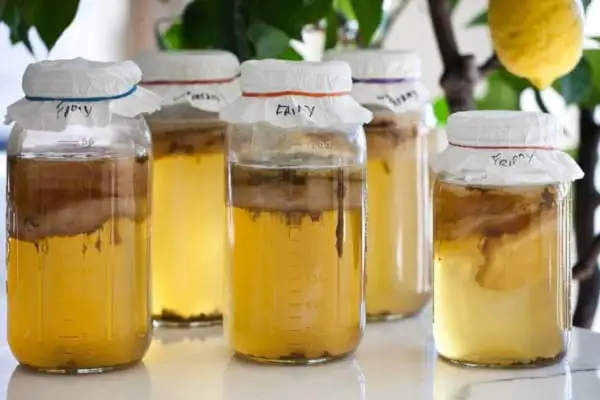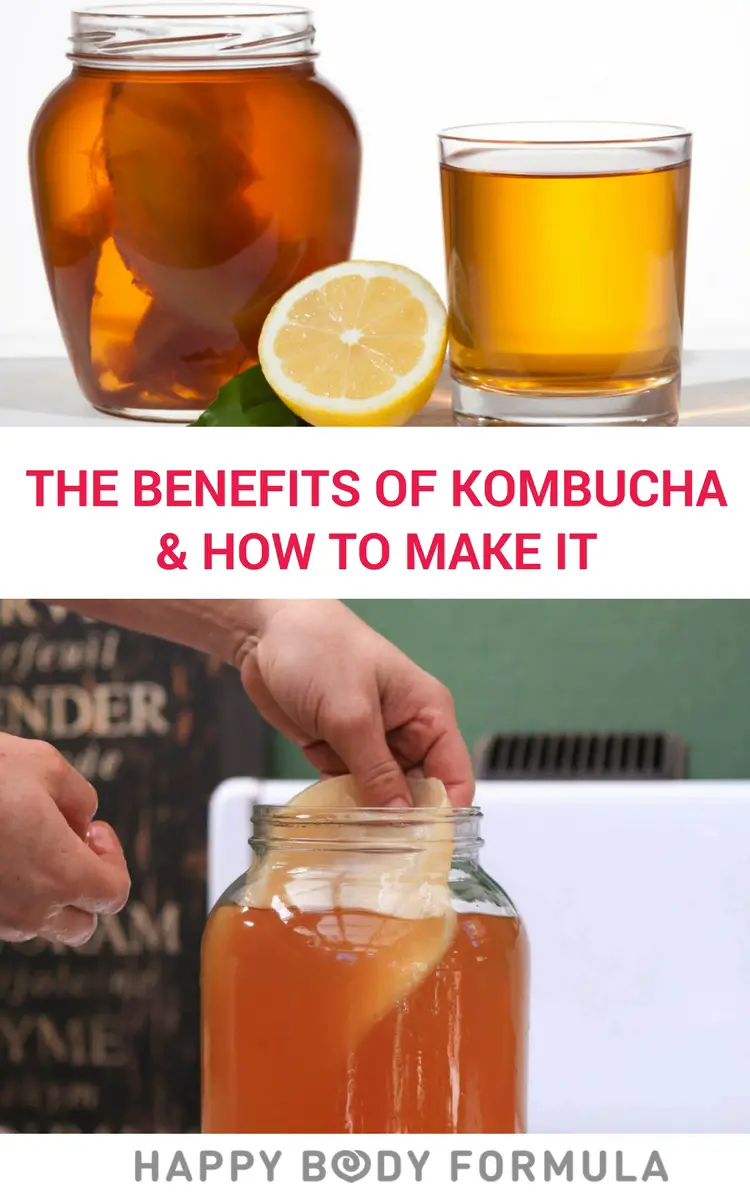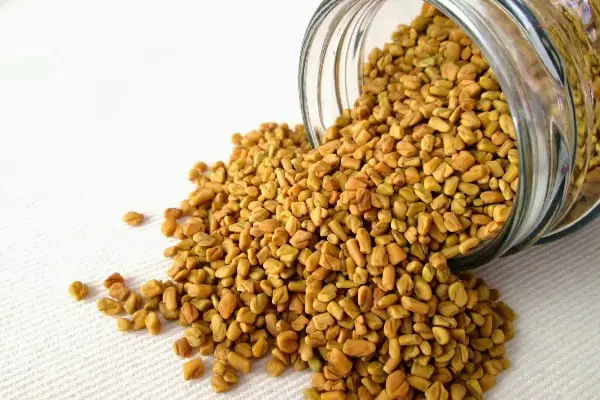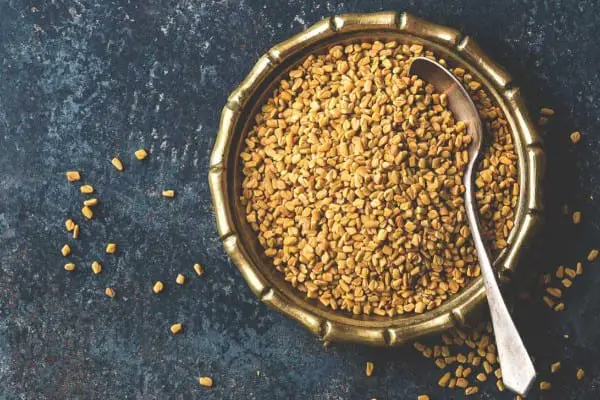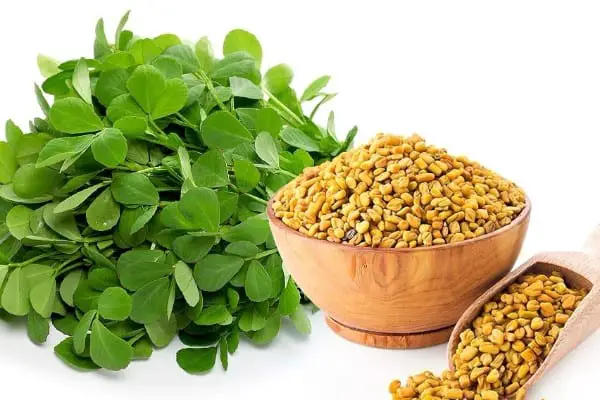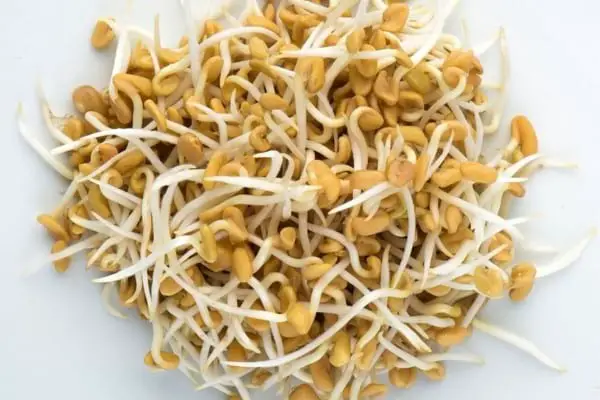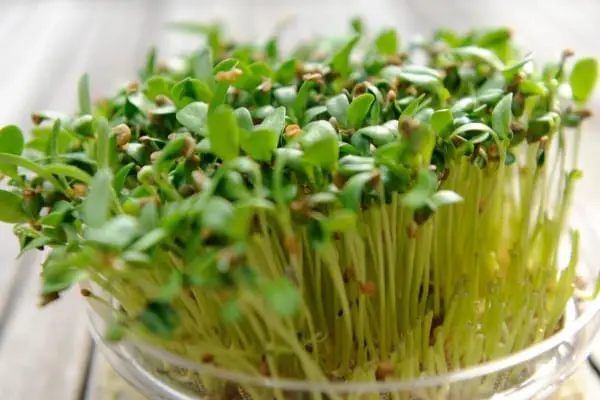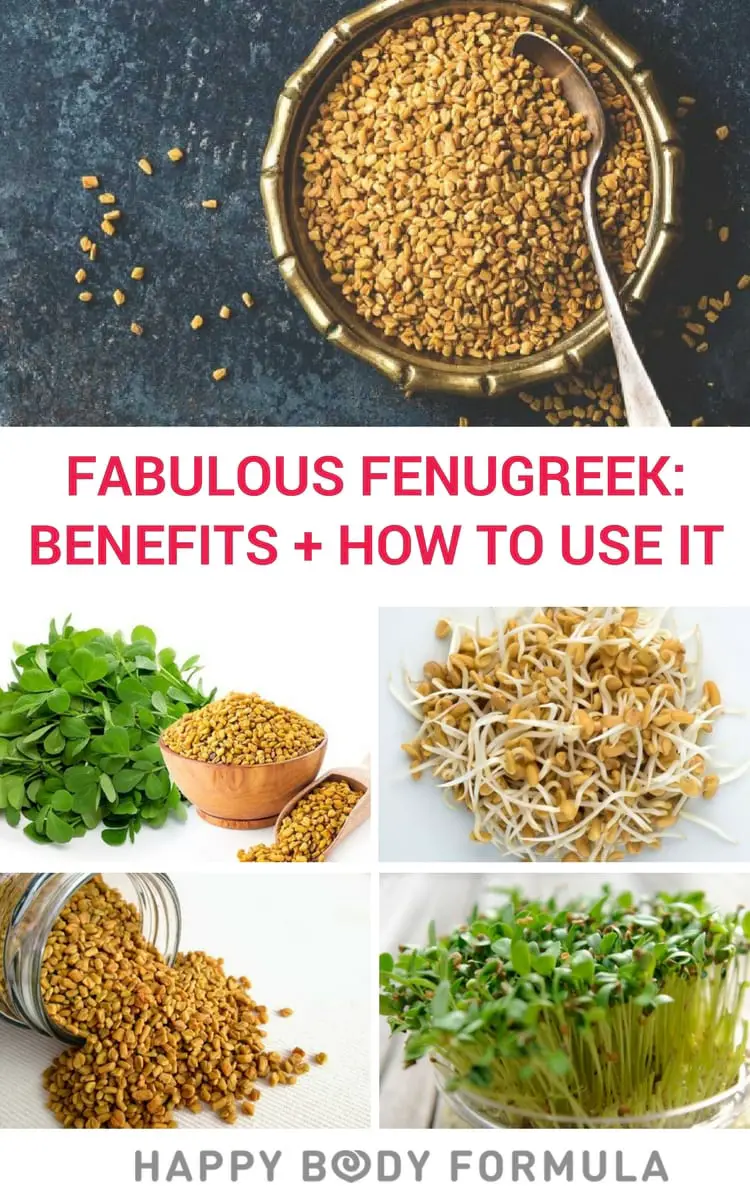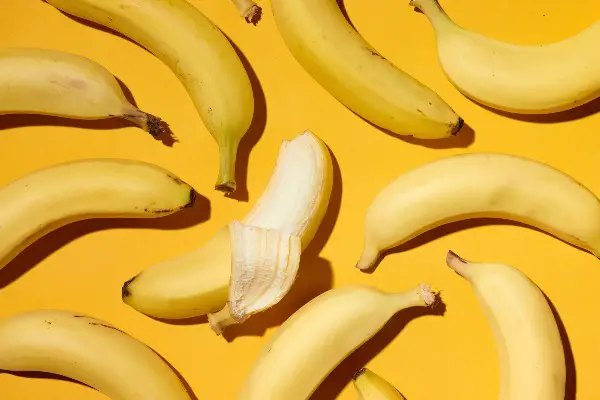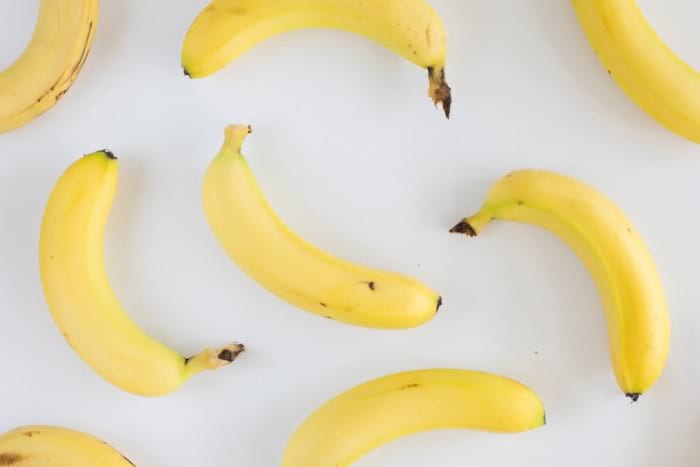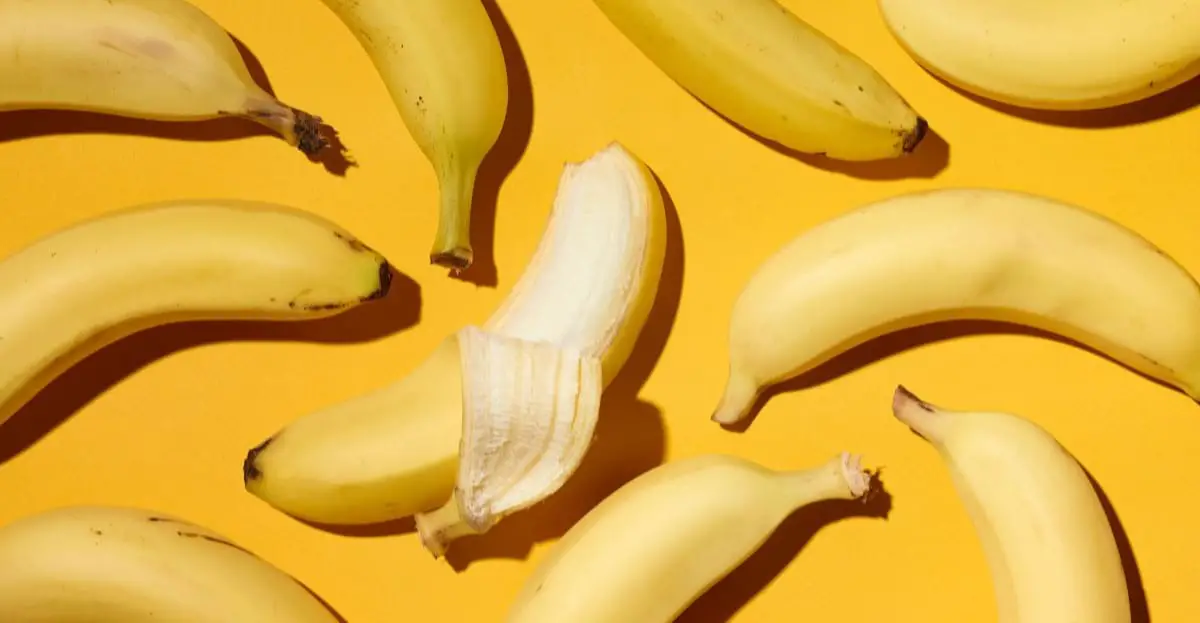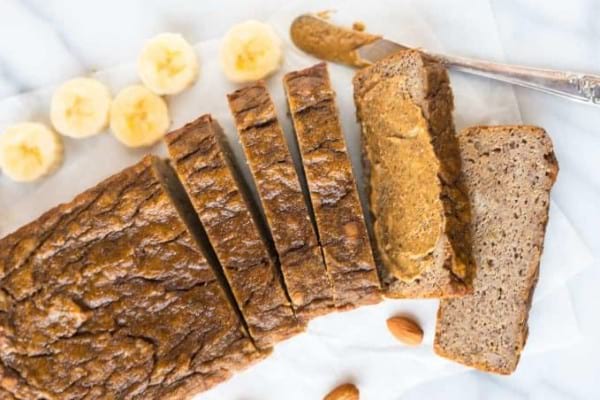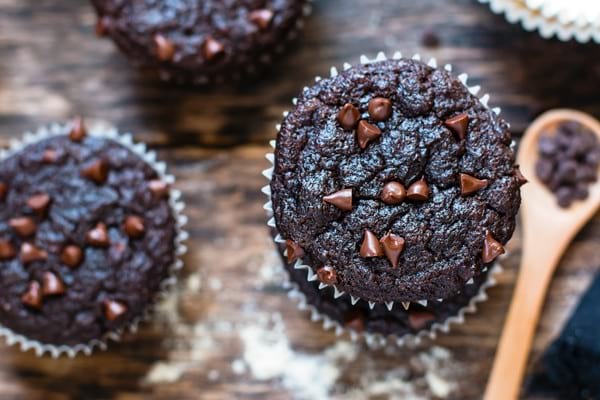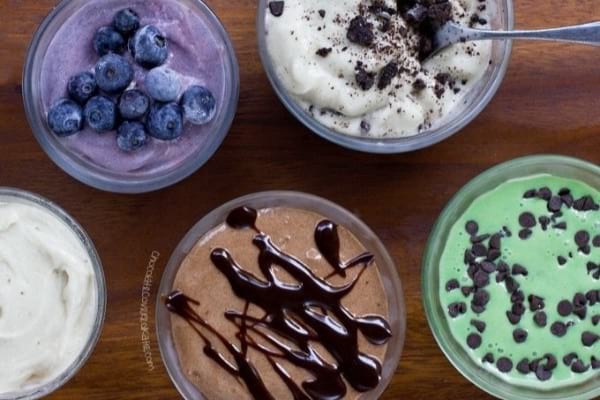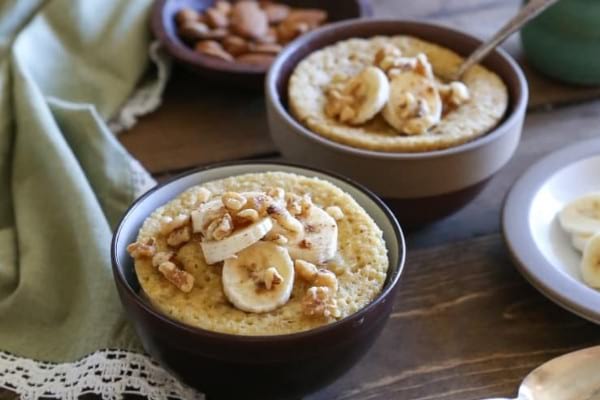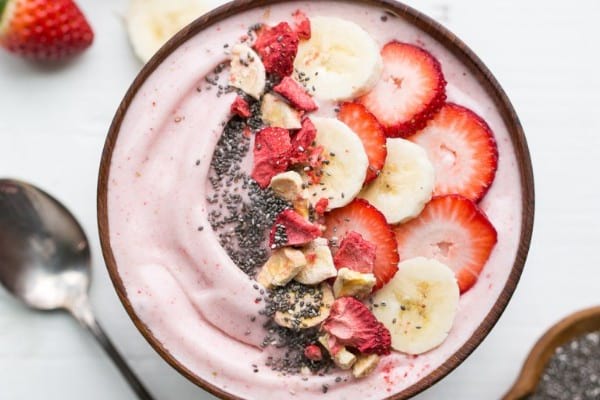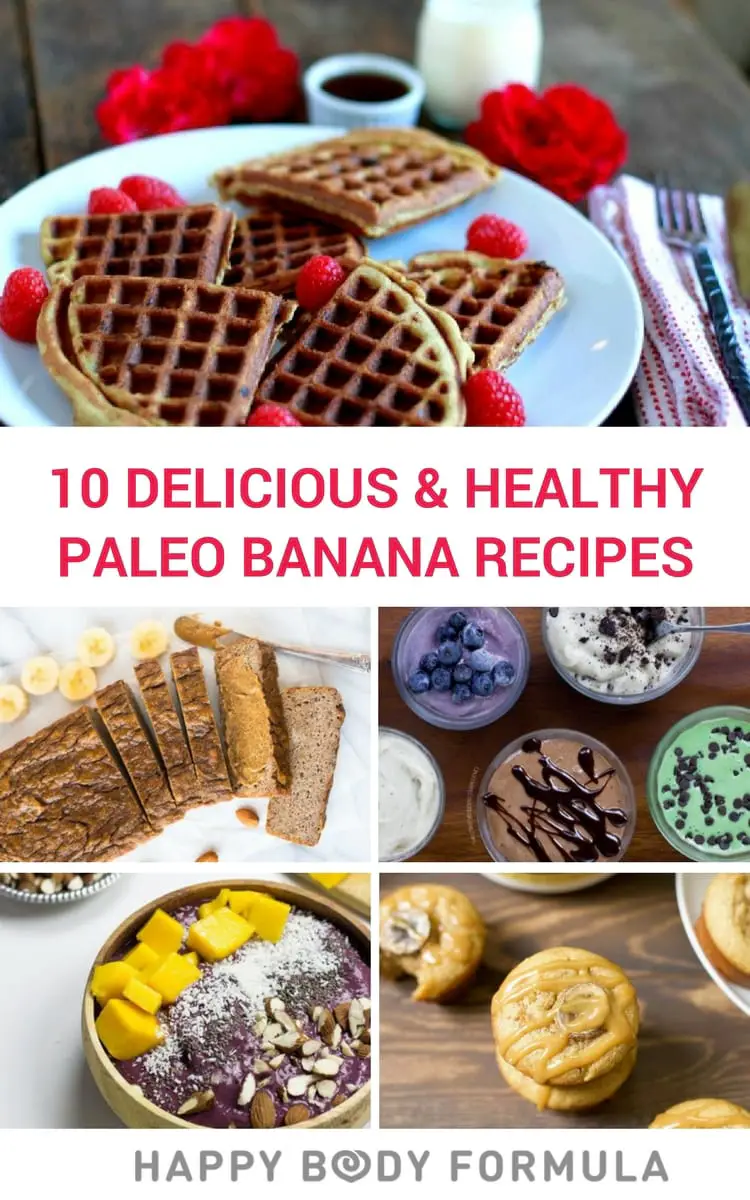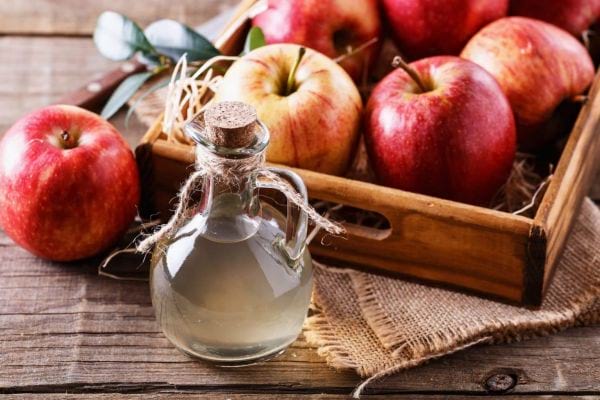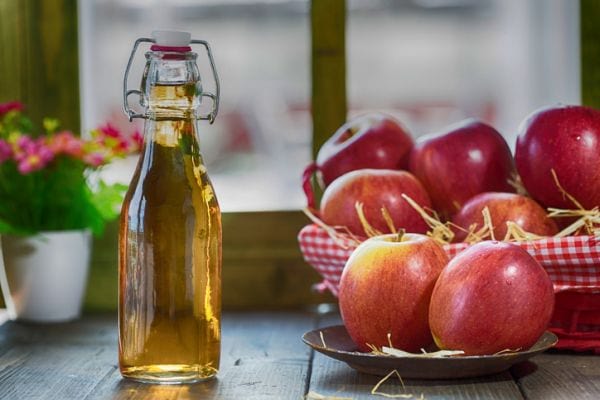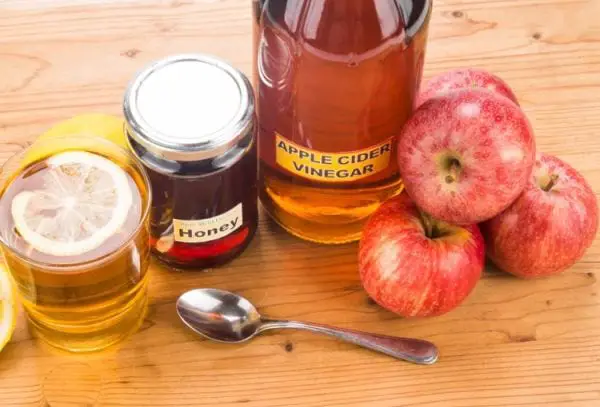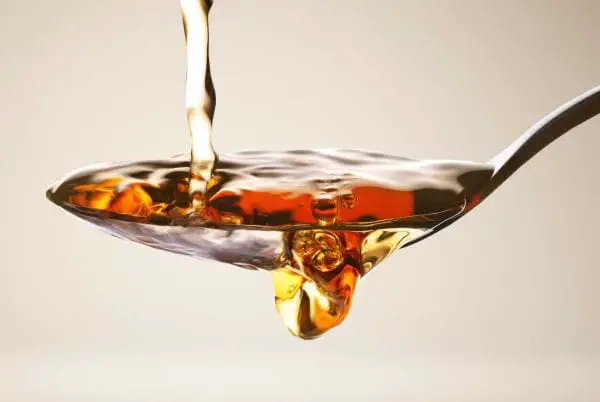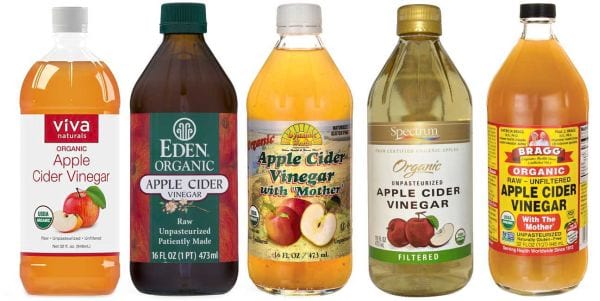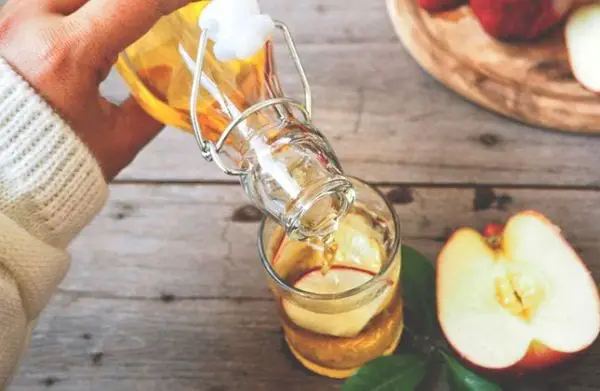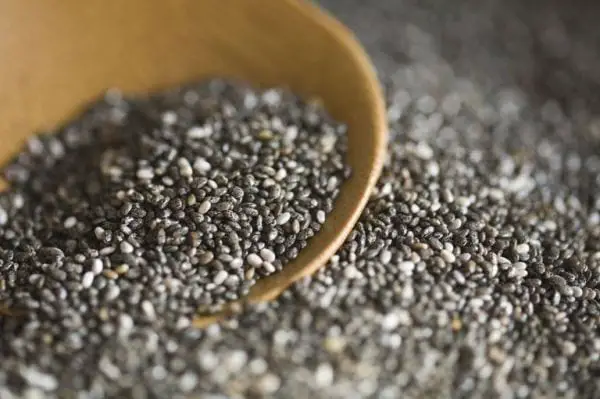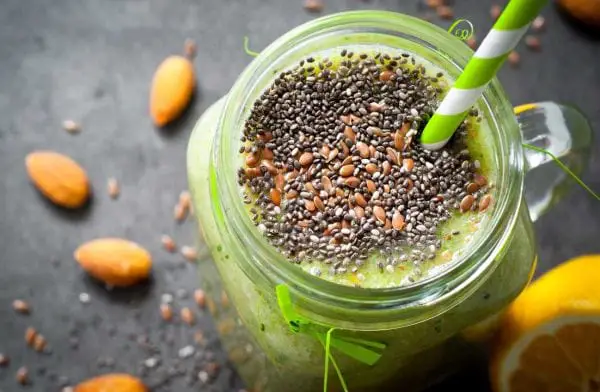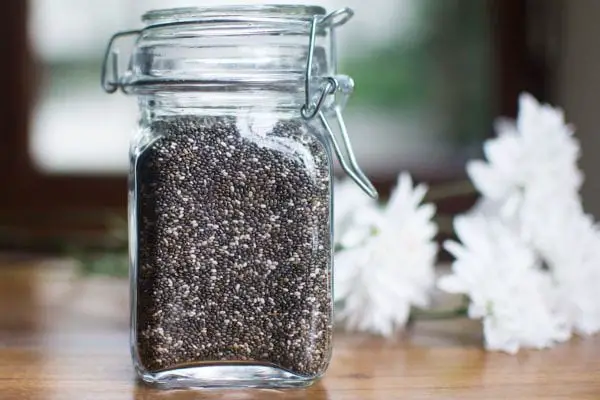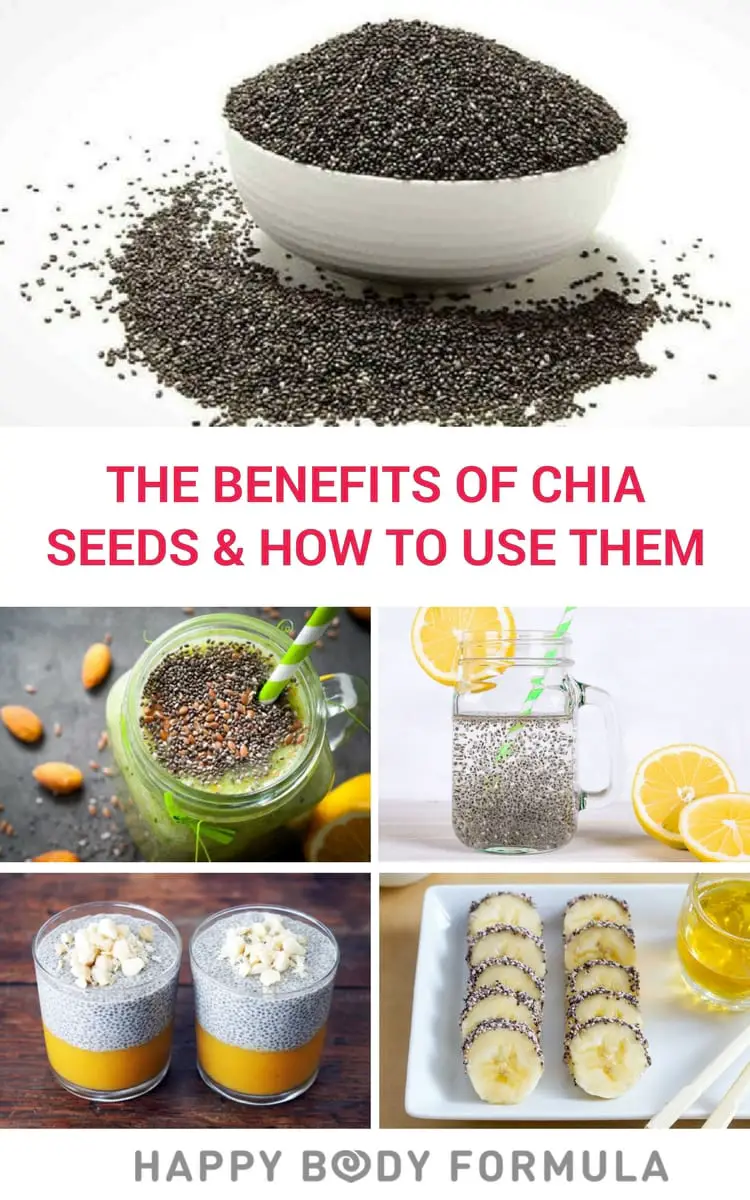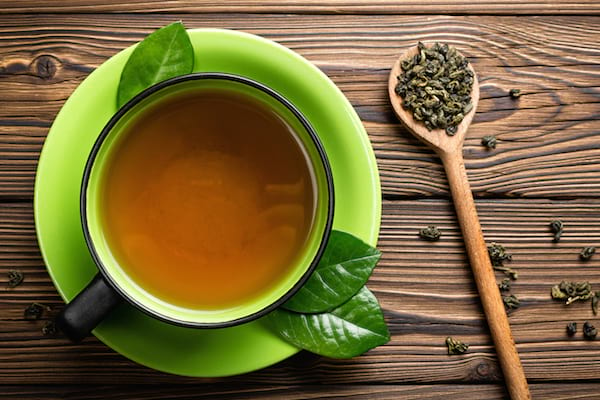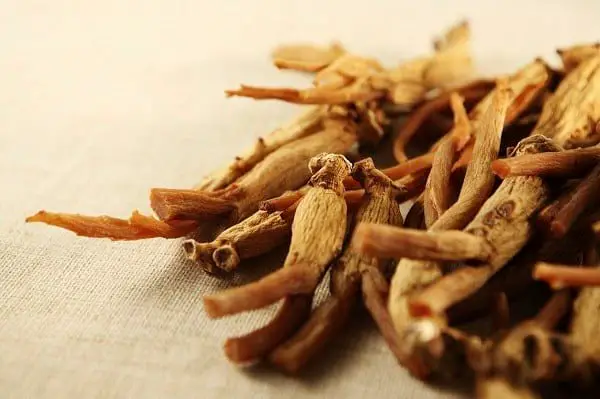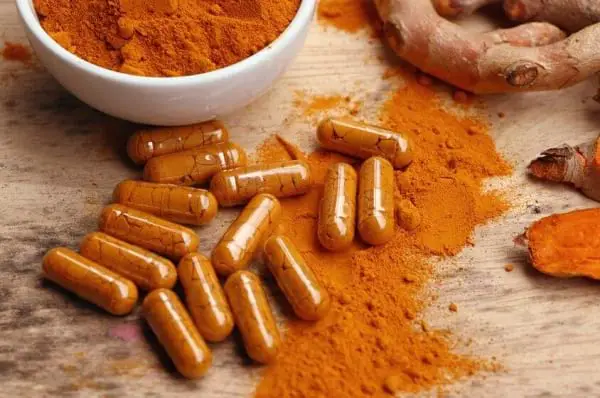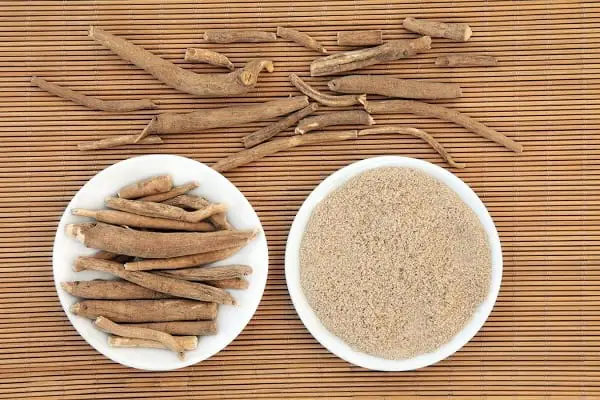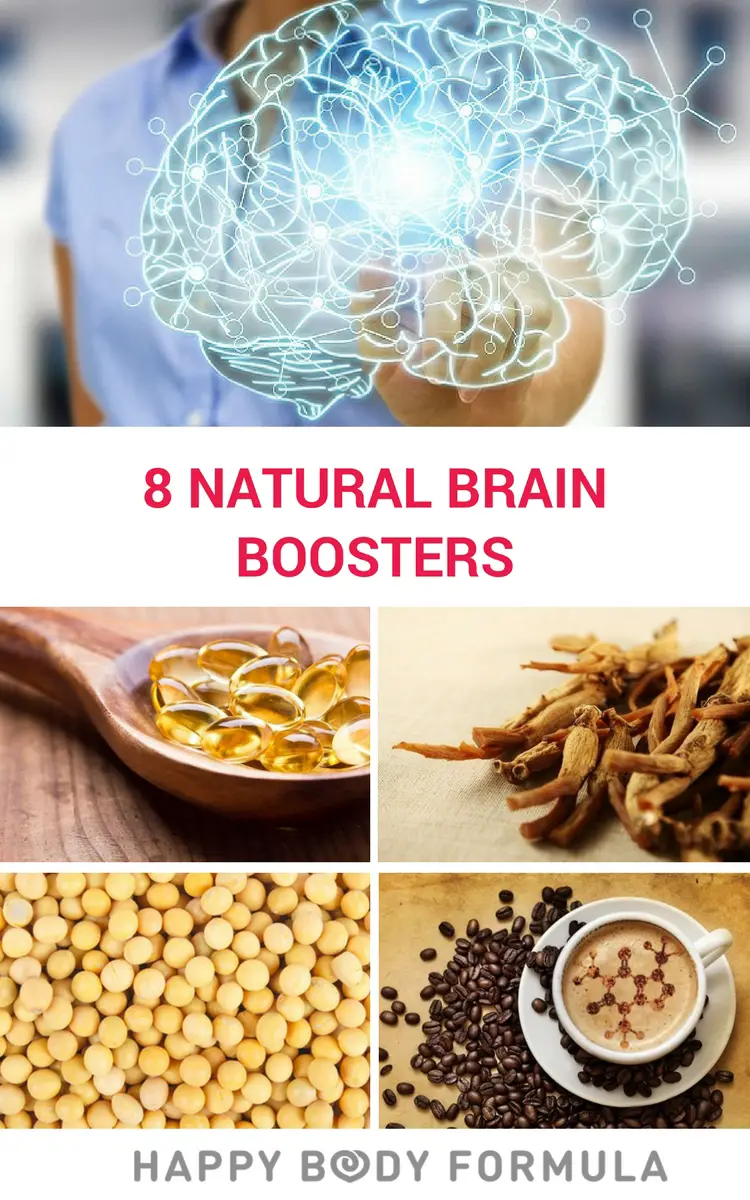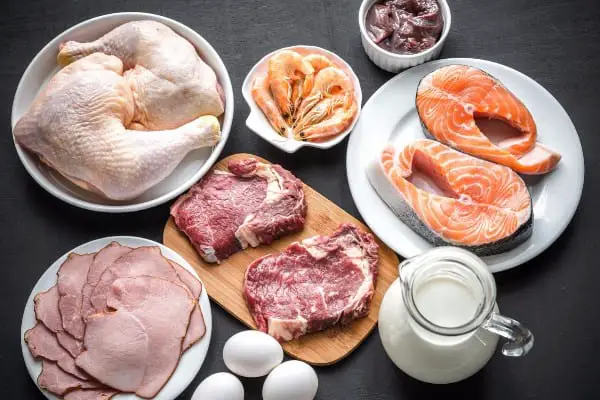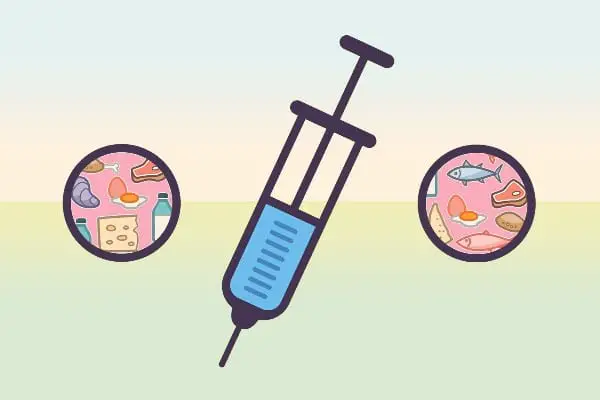Medically review by Kim Langdon
Argan oil is a vitamin-rich beauty product and culinary product packed with healthy fatty acids for anti-aging, healing acne, and safe DIY beauty recipes. Learn more about its roots, how to use it at home, and how to buy the best argan oil.
What is argan oil?
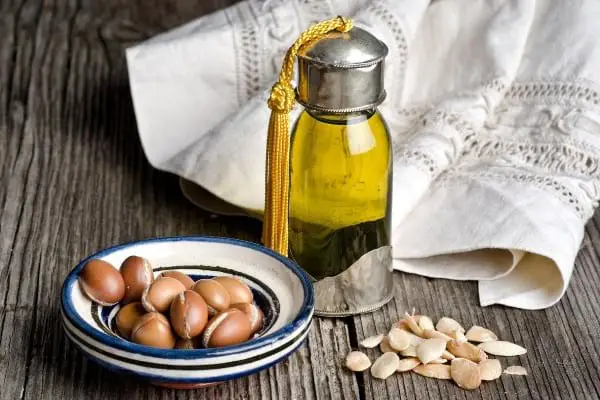
Argan oil, like all oils, is derived from a tree.
Argania spinosa L or the argan tree yields kernels (pictured above) from which this oil is extracted. It is notoriously difficult!
In fact, the traditional method of extraction was removing the kernels from goat feces so that it was partially broken down prior to extraction.
Don't worry - commercial processes have made it so this isn't necessary although some traditional cultures still practice this method.
You can find wild argan oil tree fields in the southwestern region.
There are records of Phoenicians in 1550 BC using argan oil as a cosmetic product, for moisturization and beautification.
Upon arrival to Europe, argan oil became a hot commodity; it was a sign of wealth and class.
It is important to source beauty products ethically, so you'll be pleased to know that argan oil is sustainable.
The Argan tree has had a rough go of it though, and it struggles to survive.
Fortunately, it is now protected by UNESCO with its Man and Biosphere Program.
This program aims to reduce the harm done by man on the environment through minimizing exploitation and emphasizing the responsible use and conservation of natural resources.
In Morocco, these trees serve a purpose beyond their fruit.
They stave off the expansion of the desert and offer protection from the harsh winds of the Sahara.
They provide shade necessary for other crops to grow and help to replenish the region's aquifers.
The argan tree is not only abundant with a superfruit; they are necessary to the ecosystem of Morocco and the overall stability of the environment.
Traditionally, the extracted oil is used for culinary purposes such as dipping bread, while in western countries, it is more readily available as a beauty product.
The benefits of argan oil
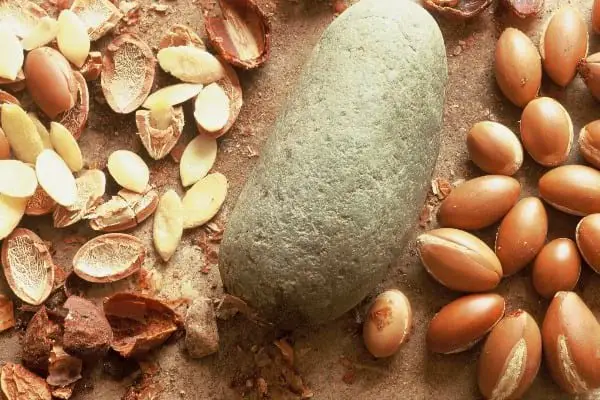
Like other oils, we can break its constituents down most easily by looking at its fatty acid content.
Essential fatty acids can provide great health benefits both when ingested and used topically.
Argan oil is mainly comprised of oleic acid at around 43%, but it is also high in linoleic acid (LA) at around 37%.
Argan oil also contains a substantial amount of vitamin E - one of the most important nutrients for the skin.
Benefits of oleic acid (omega-9 fatty acids)
This acid is the same fatty acid that mainly comprises olive oil. Unlike omega-3 fatty acids and omega-6 fatty acids, oleic acid is an omega-9 fatty acid - a class of monounsaturated fatty acids.
This makes it a non-essential fatty acid meaning your body makes it on its own.
- They can lower fasting blood glucose
- They can enhance blood flow and circulation
- They can reduce insulin levels
- They reduce the risk of stroke
- They can reduce inflammation
- They are high in antioxidants
- They are helpful for cellular regeneration
It's a particularly strong candidate for diabetes management because of its primary benefits when ingested.
However, the anti-inflammatory nature of oleic acid can also be very effective when products with high omega-9s are used topically.
Moreover, their antioxidant content makes them a powerful anti-aging component.
Finally, cellular regeneration can be great for the skin.
We'll talk about that more in the next section.
Benefits of linoleic acid
Linoleic acid is an omega-6 fatty acid which makes it a polyunsaturated fatty acid.
It is most commonly found in vegetable oils which we don't always recommend eating due to their inflammatory nature.
Unlike oleic acid, these fatty acids are essential because the body cannot synthesize them independently.
- They foster healthy cell membranes and cellular function
- They reduce bodily inflammation (internally, externally)
- They are moisturizing for the skin
- They have the potential to minimize scarring
- Their anti-inflammatory properties may reduce skin pain
Overall, we know that essential fatty acids are crucial for well-being and vitality. They are the key components of healthy cells that comprise everything that we are!
While omega-6 fatty acids are more abundant in the Standard American Diet (SAD) than omega-3s due to the prevalence of vegetable oils in processed foods, it's actually an incredibly important component of a healthy diet.
Moreover, it can be a powerful ingredient in your skincare routine.
Benefits of vitamin E
Vitamin E is a powerful antioxidant which is one of the main reasons we see it appear so often in skincare products.
Antioxidants are going to reduce free radical damage to the cells, increasing their stamina so to speak.
Our skin cells need rejuvenation, but prevention is the best way to keep it looking youthful.
- It can protect against toxins in air pollution
- It can reduce the appearance of scars
- It can minimize the appearance of stretch marks
- It can reduce the appearance of wrinkles
- It can help to ward off UV damage from the sun
Supplementing with vitamin E, eating foods rich with vitamin E, and using it as a topical treatment can be very effective, especially in reducing scarring from acne or otherwise.
Vitamin E oil can be mixed with argan oil and carrier oils to optimize results. You will find more recipes for skincare in the section below.
How to use argan oil
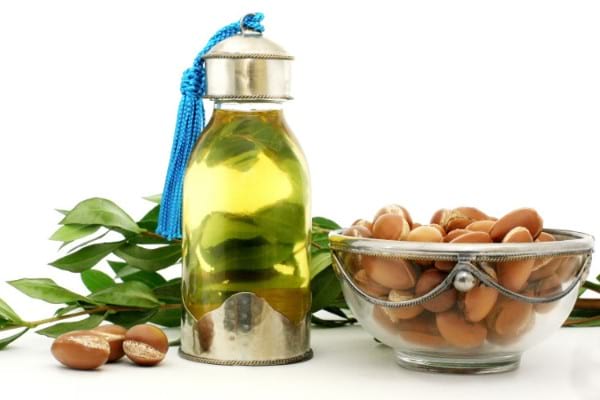
Use it as an acne treatment
Argan oil can be effective in preventing acne as well as treating painful acne in the process of healing, or reducing the appearance of acne scars.
You can expect to see reduced redness and swelling pretty shortly after treatment. This is because of its anti-inflammatory properties mainly from the linoleic acid found in argan oil.
It can also help to repair skin cells giving them a healthier, more vibrant appearance. Finally, Argan oil is particularly effective as an acne remedy when paired with tea tree oil.
According to this research, the lips found in argan oil have a synergistic effect meaning it should be applied with a carrier oil or paired with another cosmetic product for the best results when applying topically.
Use it as a moisturizer
One of the most appealing aspects of using argan oil as a moisturizer is that it absorbs into the skin very quickly.
This makes it a great oil for otherwise oily skin because it won't leave you with a film or residue.
Don't worry - it won't clog pores either.
This study shows that using argan oil can reduce sebum production, or in other words, the appearance of oil on your skin.
A single drop or two is enough to provide your entire face with moisture, so a little goes a long way.
This makes it a very budget-friendly choice for natural moisture! Of course, you can pair it with other ingredients, but it's effective for this purpose on its own.
Make sure to warm up the oil in your hands first for the best results and absorption. Simply do this by rubbing it between the fingers or palms.
Use it as a toner

Many toners can be quite harsh on the face, especially if they contain alcohol.
If you add a drop or two of argan oil to your normal toner, it can help reduce some of the, particularly rough effects.
Switching over to a gentler toner like witch hazel may also be a good idea.
For a moisturizing toner, steep green tea and let it cool. Add a few drops of argan oil, and jar it for later use.
Green tea has antioxidants that are beneficial for the skin.
You can also add essential oils if you'd like a scented toner.
Finally, boost your toning by pouring the final product into an ice cube tray to freeze. Rub the cubes over your skin as your daily toner.
The cold contact on your skin will shrink your pores, making them appear smaller.
Use it as an eye serum
Argan oil can be very effective at targeting fine lines which are a major "problem area" for many folks as they age. They can become particularly prominent around the eyes.
Eye serums are a popular beauty product, and notoriously expensive!
However, the main ingredients are often the same across the boards. One of the key ingredients? Vitamin E.
As we know, argan oil provides a healthy dose of the stuff.
For the best results, mix argan oil with a carrier oil like jojoba oil.
Then, add in some additional vitamin E for an eye serum you can use daily.
On the fly, you can simply use a drop of argan oil around the eyes to brighten up and help to minimize the appearance of dark bags under your eyes.
Since this oil is so gentle, you can use it on the more sensitive areas of your skin without it being irritating.
Use it in your exfoliant
Mix just a few drops of argan oil into a natural exfoliant to clear the skin of dead cells and smooth things out.
This is great for the face or for other rough spots - the elbows, knees, ankles, or feet.
Exfoliation is a particularly good step to take prior to shaving as it will open up some of the hair follicles so you can get a smoother, longer-lasting shave.
One of the best ways to exfoliate is with a sugar scrub. Use a coarse sugar like coconut sugar or brown sugar, and simply blend a tablespoon or two with a drop of argan oil for exfoliating spot treatment.
Rub it into a rough patch of skin in a circular motion for 1-2 minutes (without irritation) and rinse.
Use it as a nail strengthening agent

Rough cuticles, damaged brittle nails, and inflamed skin surrounding the nails are fairly common ailments.
Not only can they be unsightly, but they can also be very painful.
Using a few drops of argan oil around the nails can reduce redness and pain due to its anti-inflammatory nature.
The oil will also provide moisture that is quickly absorbed, so you can soak up the benefits without having greasy hands.
Furthermore, you can use argan oil to soften cuticles to push them back with ease.
Use it to boost your lotion
Many commercial skincare products or hair products that you already own could be made better with argan oil. You know what they say; if it's not broke, don't fix it.
However, if you knew it could be better, why not? Argan oil is gentle, effective, and very safe to use. Add some to your favorite lotions, conditioners, serums, and creams for a little extra antioxidant action and moisture.
Use it to treat inflammatory skin issues
Psoriasis, eczema, rosacea, and dermatitis can be very tricky problems to solve, and often have internal roots.
However, at the root, they are all the result of inflammation.
Due to argan oil's natural anti-inflammatory properties, a drop or two can reduce redness and pain from these conditions while simultaneously offering all-day moisture.
Let vitamin A and vitamin E work their magic.
Use it as a conditioner

Not only is argan oil great for the skin - but it's also good for the hair.
Considering how much moisture it can provide for the skin, it's no surprise it can do the same for hair.
It's especially potent for sun-damaged hair, heat-damaged hair, or colored hair.
Simply apply a drop or two to clean, dry hair after a shower and style as you normally would to reduce frizz and fly-aways.
Some may even argue that argan oil can promote hair growth and restore hair volume, making it appear thicker.
Make sure to apply some to the scalp to reap those benefits.
If you choose to use argan oil on dry hair, focus on the ends to minimize the appearance of greasy hair.
No matter the method you prefer, you'll be blown away by how soft and luxurious your locks feel!
You can also find argan oil as a key ingredient in many commercial hair products these days.
Use it as a dandruff treatment
Instead of using it as a quick fix for frizz or flyaways, you can use argan oil as a deep conditioning agent to treat dandruff or simply restore moisture to dry and damaged hair.
It works really well to treat inflammation on the scalp while simultaneously improving the appearance and texture of hair.
If you use argan oil as an overnight treatment, you want to use quite a bit more than normal.
You also want to consider heat circulation and how that will enhance the effects.
If your hair/scalp is dry, you can use 8-10 drops. If you have more oily hair, 4-6 drops should do the trick.
With either amount, start at the scalp and massage the oil toward the ends of the hair.
Use a shower cap overnight to seal in the moisture and heat. Wash out as normal in the morning. You can do this treatment 1-2 times per week.
Use it to treat razor burn
Razor burn isn't pretty and it's far from pleasant. These irritated, inflamed hair follicles can be made a bit easier to deal with using argan oil.
Simply warm some oil up in your hands and apply it to the affected area.
Use it as a lip treatment
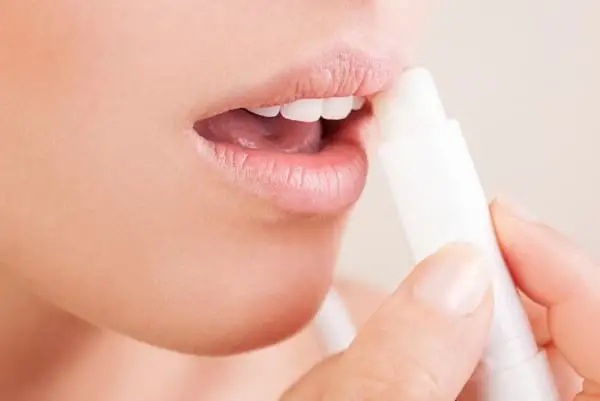
Lips are one of the most vulnerable body parts -, especially on the face. Cold weather can be especially damaging, giving you dry and cracked lips.
Argan oil makes a great 'chapstick.'
You can use it with a carrier oil and DIY your own lip balm or simply rub a drop or a couple into your lips when they feel irritated.
How to buy & store argan oil
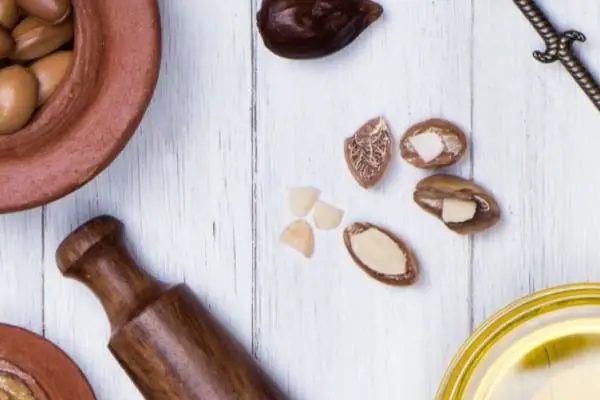
Like with any lipid or fat, argan oil has the potential to go rancid.
This diminishes the healthful properties of its fatty acids and its antioxidant profile substantially.
Buying a quality argan oil first is key to making sure you have the longest shelf-life and best efficacy possibly.
Moreover, it's important to store your argan oil property.
- Look for argan oil that is 100% cold-pressed. With growing popularity, there are bound to be cheaper, less effective products on the market. Go for a mid-range buy or a splurge. Even a good quality oil will last a long time and shouldn't break the budget.
- Store in a cool, dry place. Keep the bottle your argan oil or argan oil product is in away from the path of direct sunlight or places that get very warm. Make sure it's in an air-tight container, too.
- Try to replace products after six months. Buy smaller bottles of argan oil because it is best used during the first six months. After that, the quality diminishes. However, this is just a guideline.
This article was fact checked for accuracy by Dr. Kim Langdon, MD. As always, this is not personal medical advice and we recommend that you talk with your doctor.
Share on Pinterest

Kimberly Langdon M.D. is a retired University-trained obstetrician/gynecologist with 19-years of clinical experience. She delivered over 2000 babies to mothers in a suburban Midwestern community.

